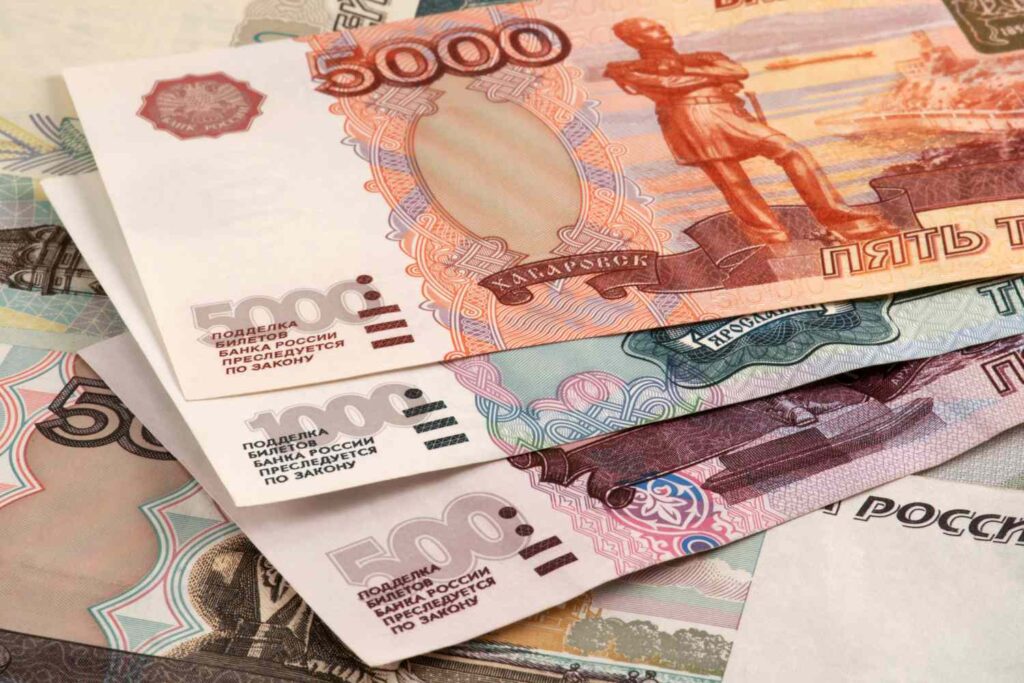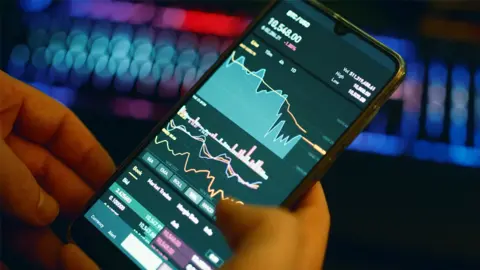Digital Ruble Revolution: Russia’s Monumental Monetary Reforms
By James Pebenito • December 4, 2023
Digital Ruble Revolution: Russia’s Monumental Monetary Reforms
Russia is about to initiate the most significant monetary reforms since the 1990s as it prepares to introduce the digital ruble. This big decision has the potential to drastically alter the country’s economic environment, much as the events that followed the fall of the Soviet Union.
The digital ruble’s real-world pilot program began in August and has since expanded to 11 locations, including well-known metropolises like Moscow and Yekaterinburg. This first stage acted as a trial run to assess the usability and functionality of the virtual money in regular transactions.

Goals for Expansion in 2024: Including Additional Banks
Based on the knowledge acquired from the pilot, the Central Bank plans a large-scale expansion for 2024. At least sixteen more banks will be added to the digital ruble pilot program shortly. The goal of this increased involvement is to compile a range of viewpoints and experiences to guarantee a thorough comprehension of the consequences of the digital ruble for different financial institutions.
As early as 2023, the Ministry of Finance plans to start using the digital ruble for official government functions. The government’s move toward digital currency is indicative of its embrace of contemporary financial innovations. The digital ruble is intended to be implemented first in social payments and subsidies, where it will simplify financial transactions and increase the effectiveness of distribution procedures.
National Implementation by 2025: An Outlook
The Ministry of Finance plans to implement the digital ruble across the country by 2025, which is a significant milestone. Through this thorough deployment, the digital ruble will become an integral part of both firms’ and individuals’ daily transactions. The action fits in with the larger worldwide trend of nations investigating or putting into practice central bank digital currencies (CBDCs) to negotiate the rapidly changing digital finance scene.
The idea of “coloring” or “marking” particular digital ruble coins is a noteworthy evolution in the story of the digital ruble. The Central Bank unveiled this idea in September and suggests a way to monitor how money allotted for certain uses is being used. Using “color-coded” digital rubles could improve financial transactions’ accountability and transparency, especially when it comes to money from the state budget.
Testing Treasury Payments: A Wise Way to Begin the Year
According to Finance Minister Anton Siluanov, the Ministry wants to start the year with a trial program that includes several Treasury payments. This strategic endeavor may cover financial disbursements and subsidized activities, offering important insights on the usefulness of the digital ruble in managing government funds.
In conclusion, Russia’s transition to a digital currency age signifies both a significant technological advancement and a major reorganization of its financial system. Russia’s economic policies and financial activities are about to undergo a significant transformation, largely due to the digital ruble. The international financial sector is closely monitoring this momentous change as the country gets ready for widespread adoption, speculating about the wider ramifications it could have on how the world views digital currencies.



